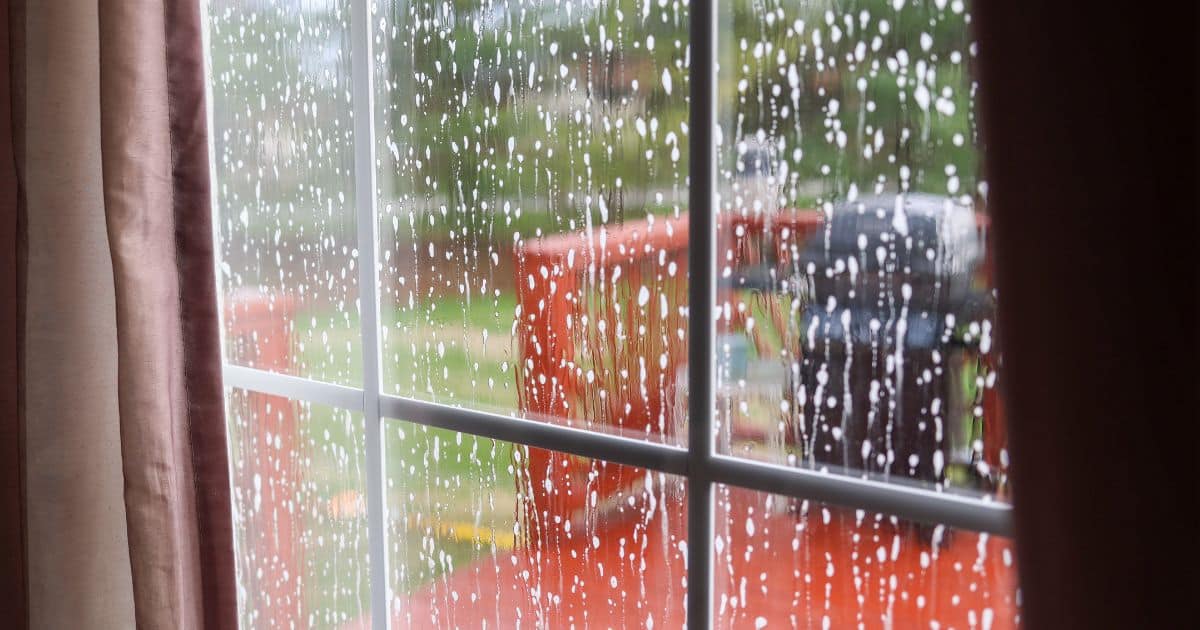Monsoon is a season of relief from the scorching sun. However, it is not an easy season, with heavy rains and high humidity. It can easily affect the comfort of living inside your house. Feeling dry and safe inside your home should be a priority this monsoon season. Unexpected rain can also cause dampness, structural damage to property, and water seepage, affecting your peace of mind and daily life.
So, homes should be kept safe from catching moisture as it can cause mold and fungus. This can easily create an unpleasant living environment that also leads to health problems for the house occupants. More than structural damage, health should be given priority during the monsoon. But at the same time, you should also make sure your house is dry and comfortable. Here are four tips to keep in mind during the monsoon.

Damp Proofing
When you think about it, one of the primary concerns during the monsoon season is dampness seeping into your house. Damp proofing is a very essential process during the monsoon. It helps prevent moisture from penetrating the floors or walls of a building. To maintain a property’s structural integrity and prevent dampness, mold, and rot, damp proofing is necessary. Investing in an exemplary damp-proofing service like that of Watertight Homes – Damp Proofing Specialist In Halifax is the only solution to keep your house clean and dry, especially in places where damping is needed the most during the monsoon. Look for the best service providers in your area who have an expert team that knows how to identify and solve dampness issues quickly and effectively. Regularly inspecting your walls and floors for signs of dampness and addressing any of the issues can help maintain a dry and healthy living environment.
Use Disinfectants to Clean Your House
The dampness caused during the monsoon can also provide an ideal situation for breeding mold, mildew, and other harmful organisms. So, to prevent the growth of these contaminants, the only way is to keep your house dry and clean. You can make use of disinfectants to clean surfaces prone to moisture, such as bathrooms, kitchens, and basements. You also need to focus on special areas where water tends to accumulate, such as around faucets, windows, and sinks. Make sure to properly use a disinfectant to clean wet floors from bacteria growth. Utilize fans to speed up the drying process after you clean your wet floor, preferably when everyone is asleep, to allow the floor to dry faster. Regular cleaning and disinfection can help prevent mold and mildew growth and ensure a hygienic living space for you and your family.
Adequate Ventilation
Proper ventilation is considered essential for maintaining a dry and comfortable indoor environment, especially during the monsoon season. It is essential for keeping a damp-proof house in good condition. Good ventilation helps lower humidity and moisture from the air and prevents condensation, which can lead to dampness and mold growth. High moisture, as mentioned before, can encourage mold and mildew growth, causing structural damage and health issues. Keep doors, windows, and vents wide open to allow fresh air to circulate inside. Consider strategically installing exhaust fans and vents in kitchen and bathroom areas that are prone to moisture to enhance airflow and reduce humidity levels. You can also incorporate cross-ventilation by placing windows on opposite sides to promote natural airflow.
Elevated Flooring
To avoid monsoon-induced dampness, consider building a house on an elevated platform. It can be an effective way to keep rainwater out of the house. The elevation of floors is necessary for homes situated in places where there’s a chance of flooding or waterlogging. This can prevent discomfort and unnecessary issues for occupants. You can create elevated platforms by constructing concrete or other appropriate materials and making them a strong foundation for the structure. Consider raising the floor level of your ground floor or installing raised platforms in vulnerable areas to protect your house from water ingress. Additionally, ensure proper drainage around your home.
Conclusion
Keeping your home dry and safe during monsoon require a practical approach. There are several proactive measures you can utilize to prevent dampness, mold growth, and structural damage. I hope this article helped you with essential tips to create a comfortable and dry environment for you and your family during the monsoon.
